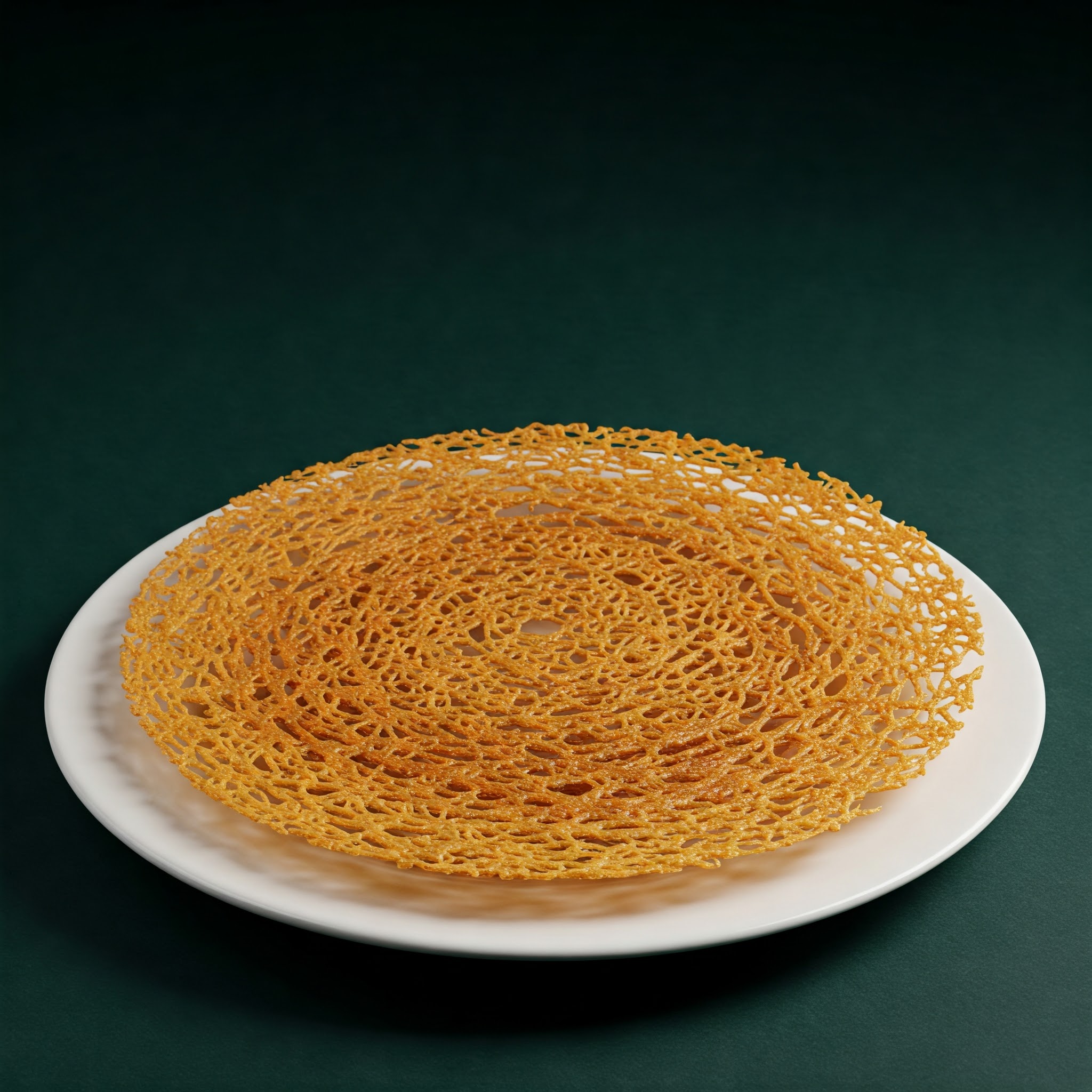Basmati Rice (बासमती चावल)
Basmati

About Basmati Rice
Basmati rice has delicious flavor and aroma. It is oftenly used in biryani and pilaf dishes. It contains dietary fiber and essential fatty acids. These are also rich in nutrients. Rice are of two types Brown rice and white rice
Basmati Rice, the crown jewel of Indian cuisine, is more than just a staple; it’s a celebration of flavor and tradition. With its long, slender grains and enchanting aroma, basmati transforms every meal into a royal feast. Grown in the lush foothills of the Himalayas, this rice absorbs the essence of the earth, making it a beloved ingredient in dishes like biryani and pulao. As the steam rises, the delicate fragrance wafts through the air, inviting everyone to gather around the table. Each grain is a testament to the artistry of Indian cooking, creating a perfect canvas for vibrant spices and rich gravies. Whether served alongside creamy curries or tossed in fresh salads, basmati rice elevates every bite, leaving an indelible mark on the palate.
Rich in nutrients and low on the glycemic index, basmati is a wholesome choice that nourishes both body and soul. Its versatility knows no bounds; it can be enjoyed plain, seasoned, or infused with saffron for that extra touch of luxury. Each serving carries with it a history steeped in culture, evoking memories of family gatherings and festive celebrations. In a world that often rushes by, Basmati Rice invites you to slow down and savor the moment. It’s a reminder that good food nurtures not just the body but also the spirit. So, let your meals be guided by the aromatic embrace of basmati rice, where every grain tells a story, and every dish becomes an experience.
Basmati: Taste the Tradition, Savor the Love
.
Basmati Rice holds significant importance for various reasons. It is renowned for its unique aroma, long grains, and fluffy texture, making it a preferred choice in many cuisines, especially in Indian and Middle Eastern dishes.
Nutritionally, basmati rice is low on the glycemic index, which helps in maintaining stable blood sugar levels, making it a healthier option compared to other rice varieties. It is also rich in essential nutrients, providing carbohydrates and some proteins, contributing to a balanced diet.
Moreover, basmati rice plays a crucial role in cultural and culinary traditions, often featured in festive meals and family gatherings. Its versatility allows it to be paired with a variety of dishes, from curries to salads, enhancing the overall dining experience. Overall, basmati rice is not just a staple food; it is a vital component of cultural heritage and healthy eating, appreciated for its flavor, texture, and nutritional benefits.
How to Store Basmati Rice
To store Basmati Rice, start by ensuring it’s kept in an airtight container to prevent moisture and pests. Choose a cool, dry place away from direct sunlight, such as a pantry or cupboard. If possible, use a glass or plastic container that seals tightly. For long-term storage, consider adding a food-safe desiccant to absorb any moisture. Always label the container with the purchase date to keep track of freshness. If you’ve cooked basmati rice, let it cool completely before refrigerating it in an airtight container, consuming it within 4-6 days.
Shelf Life of Basmati Rice
Uncooked basmati rice can last 4-5 years if stored properly in a cool, dry place. Cooked basmati rice should be consumed within 4-6 days when refrigerated. Always check for spoilage signs.
How to Check Basmati Rice Before Buying
When buying basmati rice from a local vendor, first check the packaging for authenticity; it should indicate it’s premium basmati. Look for grains that are long, slender, and uniform in size. Avoid packages with broken grains or excessive powder, as this may indicate poor quality.
Smell the rice; good basmati should have a pleasant, nutty aroma. If possible, ask for a sample to check for texture. The grains should be hard and not overly sticky.
As for bulk procurement, it can be advisable if you consume rice frequently. Buying in larger quantities often results in cost savings and ensures you have a steady supply. However, ensure you have proper storage conditions—cool, dry, and airtight containers—to maintain freshness and prevent spoilage. Always assess your consumption patterns to avoid waste.
Explore
Explore our services and take your business to the next level.
Recent Posts

Corn and Mushroom Biryani is the perfect addition to your balanced weekly menu....

Lauki and Methi Thepla is the perfect addition to your balanced weekly menu. Pac...

Barley Chilla is a wholesome, nutrient-packed dish that can easily be incorporat...

Kuttu Chilla is the perfect addition to your weekly menu, offering a healthy and...

Bajra Vegetable Soup is the perfect addition to a balanced weekly menu. Packed w...
Ready for a Healthier You?
Take control of your wellness! Get a customized meal plan that fits your lifestyle. It's time to eat smarter, feel better, and transform your life!
Get Your Plan Now!Already a member? Login and start now!
Nutrition Facts
Serving Size:
Servings Per Container: 1
| Amount Per Serving | ||
|---|---|---|
| Calories | 365 | |
| Fat | ||
| Saturated Fat | ||
| Trans Fat | ||
| Cholesterol | 0 | |
| Sodium | 1 | |
| Carbs | 77.9 | |
| Fiber | ||
| Sugar | 0 | |
| Protein | 2.7 | |
| VitaminD | ||
| Calcium | 28 | |
| Iron | .2 | |
| Potassium | 115 | |
* Percent Daily Values are based on a 2000 calorie diet.
* Percent Daily Values are based on a 2000 calorie diet.

